
Some books seem perfect for film or television but remain untouched by screen adaptations. These stories have loyal followings and vivid plots that stick with readers, yet no official screen productions have been made. Here are 20 well-known titles that come to mind.
The Secret History
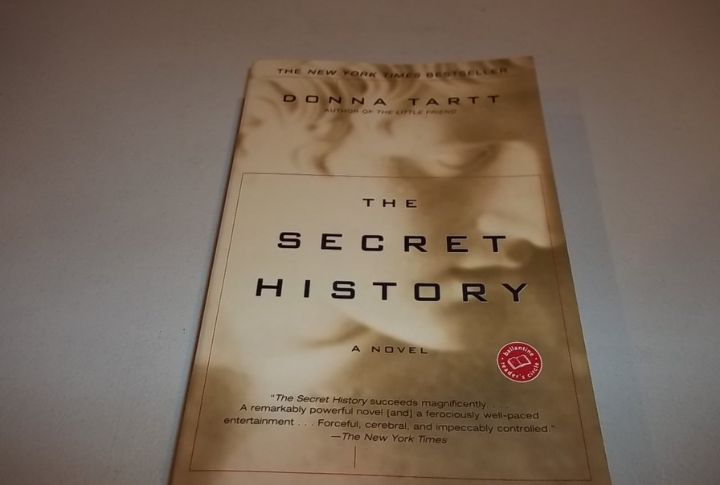
Hollywood’s tried to crack it—notably with Gwyneth Paltrow and Jake Paltrow—but every adaptation attempt has fizzled. The title, drawn from a scandalous 6th-century text, fits a story Donna Tartt described as a “whydunit.” Its themes notably helped shape Dark Academia, steeped in gothic obsession and the seductive pull of elite intellect.
A Confederacy Of Dunces
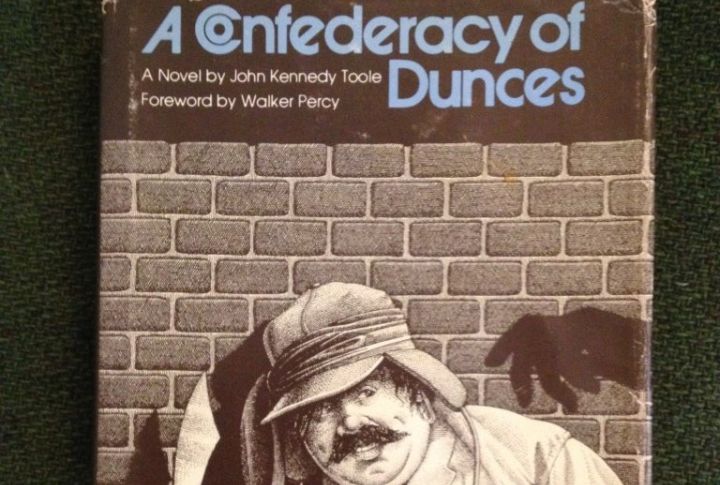
Publishers once brushed it off as directionless, and it nearly vanished for good. But when John Kennedy Toole’s mother asked author Walker Percy to read it, everything changed. The book went on to win a Pulitzer after Toole’s death in 1981. Multiple filmmakers, including Steven Soderbergh, have tried to adapt it—but the chaos on the page resists the screen.
Invisible Cities
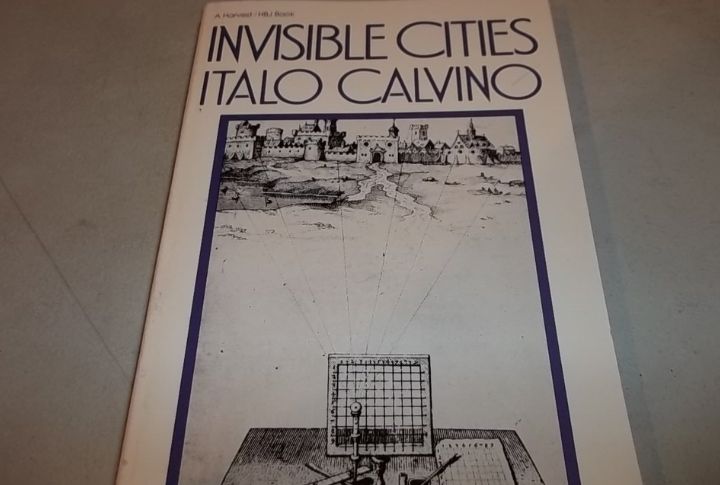
Italo Calvino frames the novel as a conversation between Kublai Khan and Marco Polo, who describes dozens of imaginary cities. Beneath the surface, they’re all reflections of Polo’s hometown, Venice. Influenced by the Oulipo movement, Calvino structured the book like a polyhedron—meant to be explored from many angles, never just one.
House Of Leaves
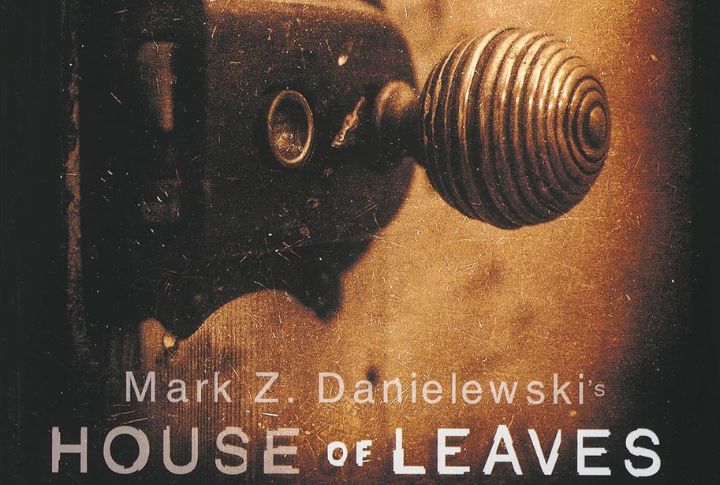
Rotating the book mid-sentence is just the start. With footnotes and unconventional layouts, it challenges how stories are read, let alone filmed. Mark Z. Danielewski began writing it after learning his father was ill, and while it’s often called horror, he considers it a love story.
Neuromancer
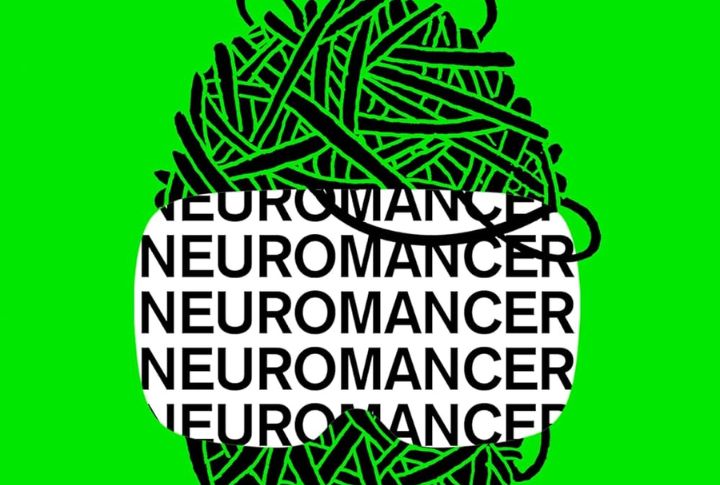
Written in a rush of uncertainty, “Neuromancer” launched William Gibson into sci-fi history. He coined “cyberspace” and laid the foundation for cyberpunk, influencing everything from literature to “The Matrix.” Studios have eyed it for years, but turning such a rich, complicated world into a film, especially one that lives up to the book’s triple-award legacy, is no easy task.
Gravity’s Rainbow

V-2 rockets curve through the sky, leaving behind chaos and questions—an image that fuels the ambition of this sprawling novel by Thomas Pynchon, where history meets hallucination. Its massive scope includes over 400 characters across continents. The Pulitzer board dismissed it as unreadable, which may explain why adapting it has long seemed out of reach.
Infinite Jest
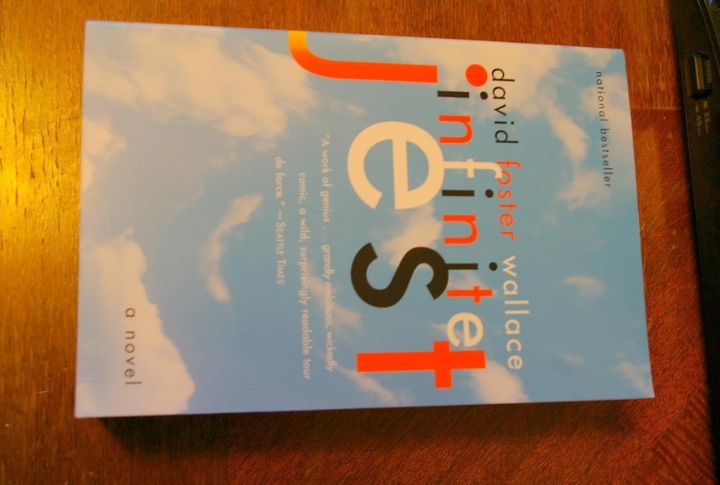
No one’s managed to bring this one to the screen, and it’s easy to see why. It runs over a thousand pages and is packed with 388 footnotes—the themes center on overconsumption and scattered focus, mirrored by the book’s structure. Even the recurring tennis scenes reflect David Foster Wallace’s time as a competitive player.
The Man Who Was Thursday
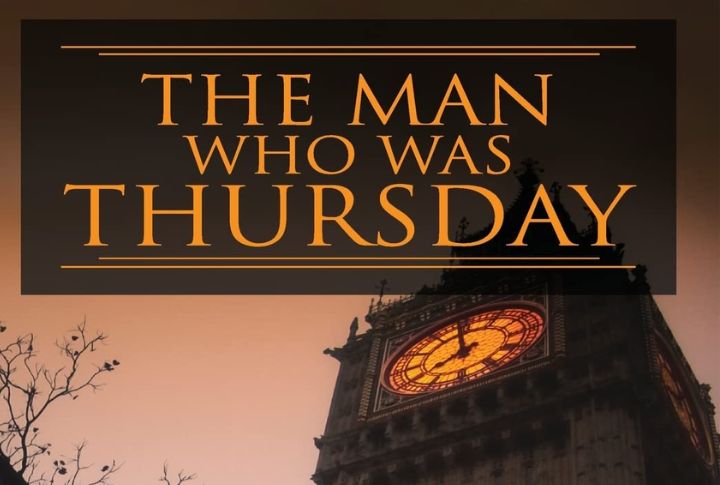
In this twisting narrative, G.K. Chesterton plays with secret identities, strange organizations, and philosophical questions. The book shifts between logic and absurdity, keeping readers unsure of what’s real. Orson Welles once adapted it for radio, though it didn’t gain traction compared to his other dramatic broadcasts.
Underworld

A 1951 New York Times front page showing a Soviet test beside a baseball headline sparked Don DeLillo’s idea for the novel. At its center is the ball from Bobby Thomson’s iconic home run, passed from hand to hand. Despite critical acclaim, its layered structure has kept any screen adaptation out of reach.
Hard-Boiled Wonderland And The End Of The World
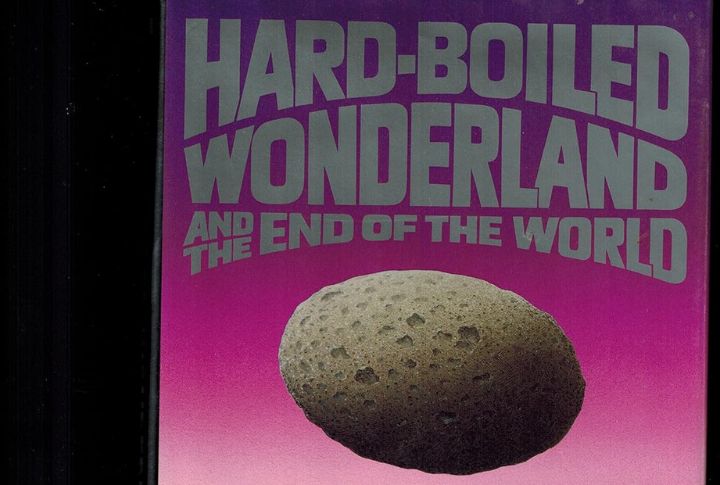
A divided mind anchors this surreal novel—half of it unfolds in a noir-inspired city, the other in a sealed dreamscape. Haruki Murakami blends sci-fi with quiet introspection, drawing inspiration from Chandler and Vonnegut. Its dual structure earned the Tanizaki Prize, though that complexity may explain why it’s never been adapted for film.
Against The Day
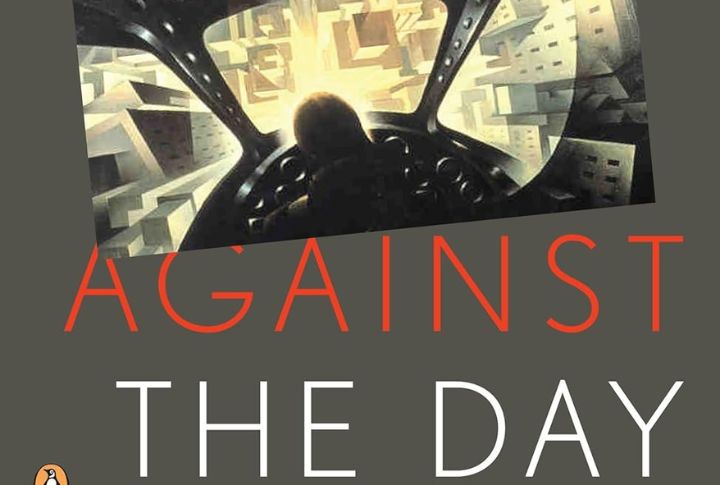
From the 1893 Chicago World’s Fair to the aftermath of WWI, Thomas Pynchon’s “Against the Day” stretches across eras and borders. His longest novel weaves anarchists and balloonists into dense, twisting plots still untouched by screen adaptation. Fittingly, its biblical title signals the upheaval running through every thread.
The Curious Incident Of The Dog In The Night-Time
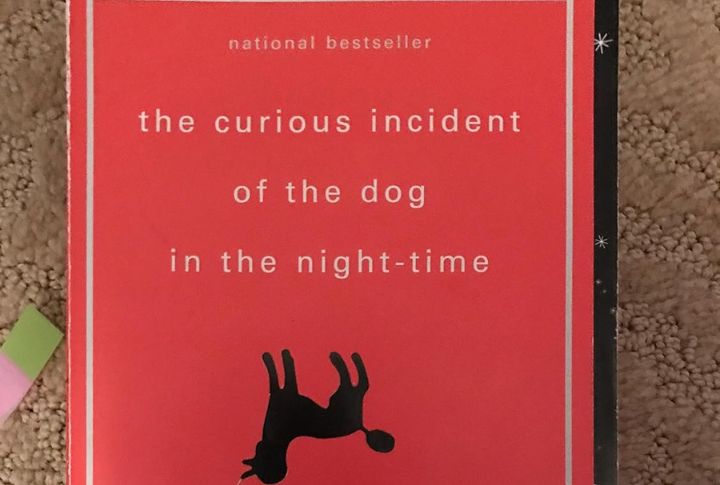
In Mark Haddon’s novel, the chapters are numbered using prime numbers—a nod to how the protagonist, Christopher Boone, processes the world. Fittingly, the title is drawn from a Sherlock Holmes case, “The Adventure of Silver Blaze,” framing his unusual investigation. Although Boone’s story was acclaimed on Broadway, it hasn’t been adapted for the screen.
The Broken Girls
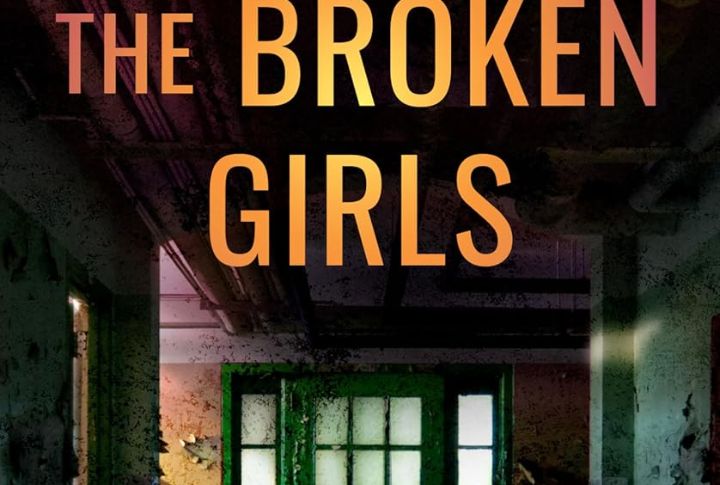
This gothic thriller, built around an eerie setting and dual-timeline mystery, seems well-suited for the screen. Set in Vermont, this standalone novel by Simone St. James links a 1950s boarding school with a 2014 missing persons case. As a journalist digs into Idlewild Hall’s past, whispers of Mary Hand’s ghost grow louder.
The Catcher In The Rye
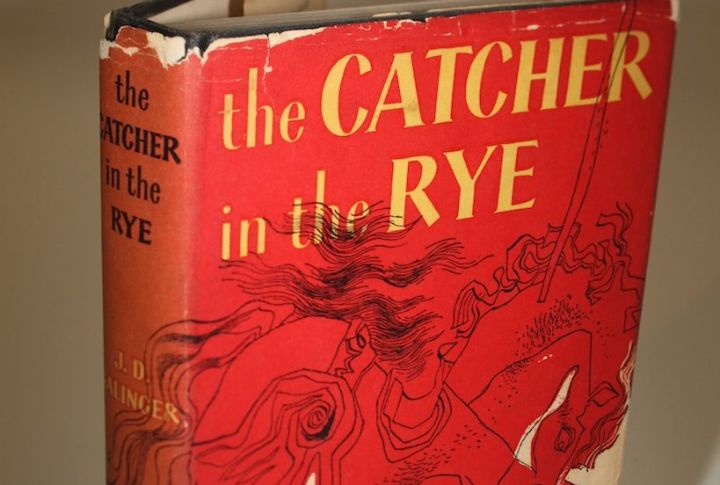
Few books have stirred as much debate—and admiration—as “The Catcher in the Rye.” It was banned in multiple schools for its themes of rebellion, profanity, and mental health struggles. Yet, the novel’s protagonist, Holden Caulfield, left a lasting imprint on literature, while J.D. Salinger, fiercely protective of the work, rejected every screen offer.
The King In Yellow
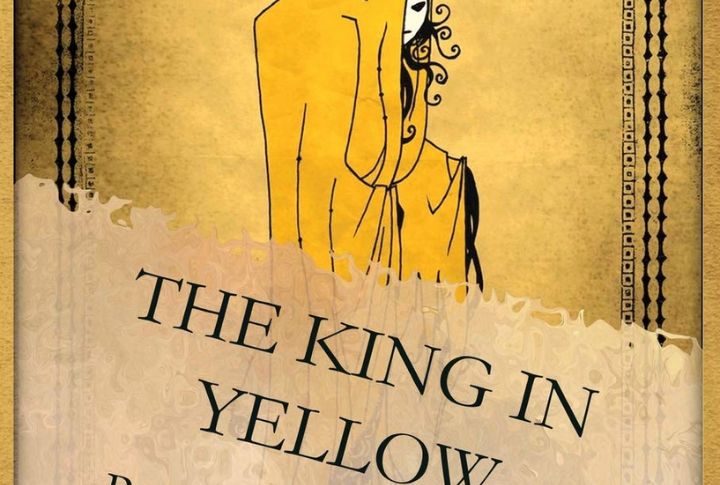
There’s a play within this book that ruins those who read it. Robert W. Chambers’ novel drifts between linked horror tales that predate H.P. Lovecraft but echo his themes. It shaped the tone of “True Detective’s” first season and defined early cosmic horror. Still, no full-screen version has ever emerged from its pages.
The Stars My Destination
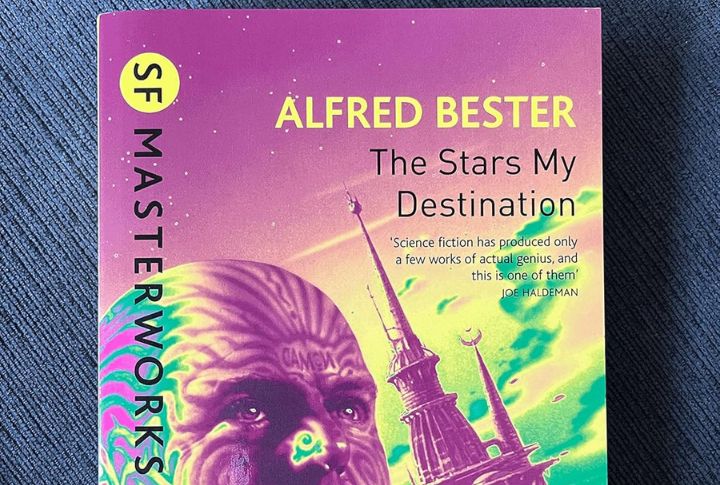
Personal teleportation changed everything in “The Stars My Destination”—a novel that shaped cyberpunk before the genre had a name. Alfred Bester built the story around revenge, drawing on “The Count of Monte Cristo” for inspiration. Originally titled “Tiger! Tiger!” after Blake’s poem, this genre-bending tale helped pave the way for “Neuromancer” and beyond.
Middlesex
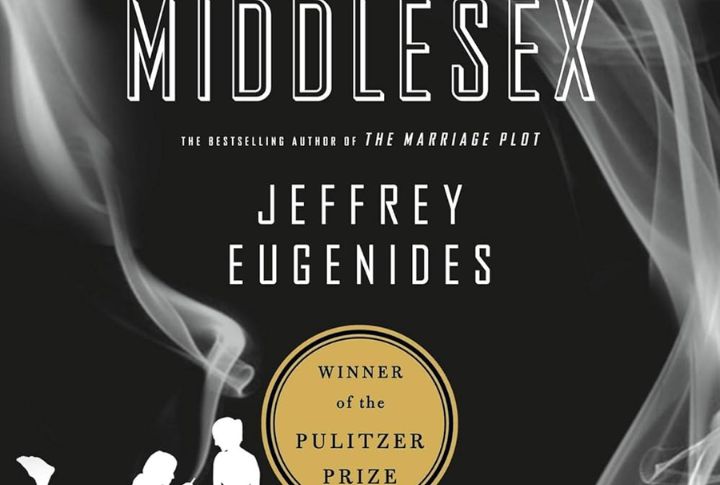
Though packed with rich storytelling, this one remains off the radar for film and television. At its heart is Cal Stephanides, an intersex man recounting a deeply personal journey shaped by identity and family history. This novel by Jeffrey Eugenides draws from his Greek-American roots, and in 2003, it bagged the Pulitzer Prize for Fiction.
The Warrior’s Apprentice
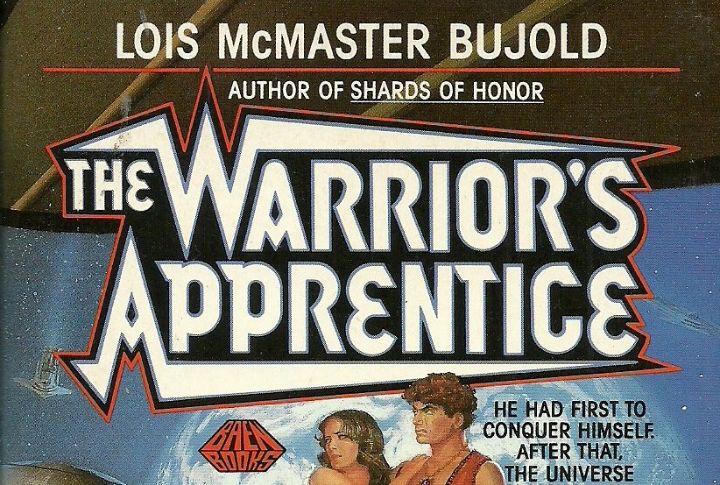
Miles Vorkosigan doesn’t look like a hero but thinks faster than anyone else. “The Warrior’s Apprentice” blends sci-fi with wit, politics, and charm—an outlier in a genre often heavy on hardware. Part of Lois McMaster Bujold’s acclaimed Vorkosigan Saga, it showcases why she’s earned multiple Hugo Awards and a loyal reader base.
Kushiel’s Dart
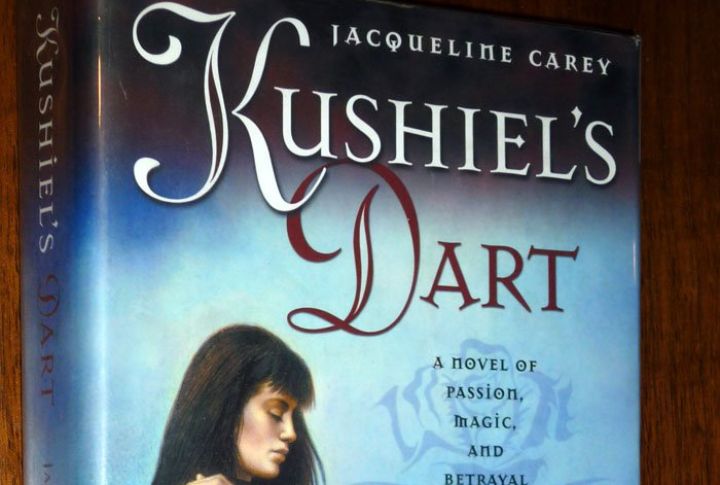
Phedre no Delaunay isn’t just a courtesan—she’s a spy marked by Kushiel’s Dart, cursed and gifted to feel pain as pleasure. Her story unfolds in a world shaped by prophecy, politics, and rich layers of French and Celtic myth. Jacqueline Carey’s bold debut earned praise, but Hollywood still hasn’t taken the leap.
Dragonflight
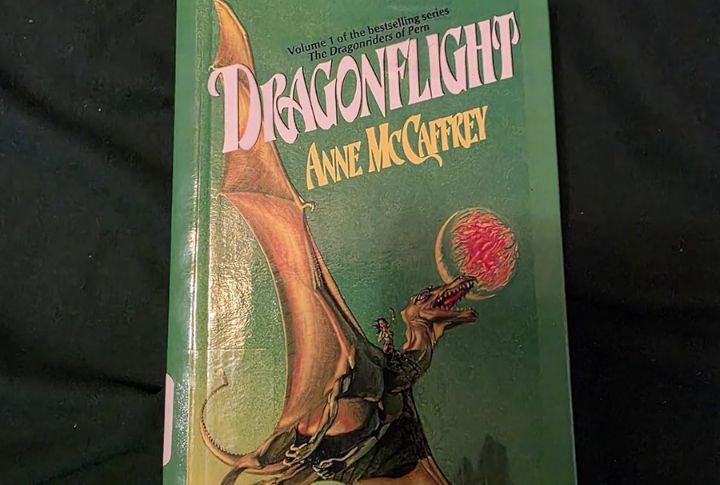
Anne McCaffrey envisioned a planet where dragons are engineered, not born of myth. They soar across time to protect their world from alien spores in a series filled with vivid, cinematic imagery that still hasn’t made it to the screen. That vision earned McCaffrey both Hugo and Nebula—the first woman to win them.

